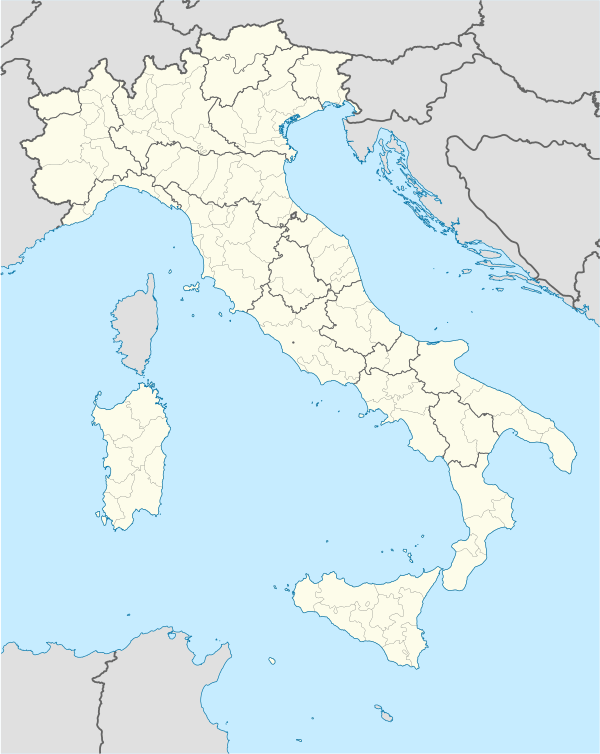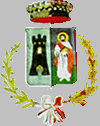Azzano San Paolo
| Azzano San Paolo | ||
|---|---|---|
| Comune | ||
| Comune di Azzano San Paolo | ||
|
Azzano San Paolo | ||
| ||
 Azzano San Paolo Location of Azzano San Paolo in Italy | ||
| Coordinates: 45°40′N 09°40′E / 45.667°N 9.667°ECoordinates: 45°40′N 09°40′E / 45.667°N 9.667°E | ||
| Country | Italy | |
| Region | Bergamo | |
| Province | Bergamo (BG) | |
| Government | ||
| • Mayor | Simona Pergreffi (since June 7, 2009) | |
| Area | ||
| • Total | 4.21 km2 (1.63 sq mi) | |
| Elevation | 211 m (692 ft) | |
| Population (2011)[1] | ||
| • Total | 7,701 | |
| • Density | 1,800/km2 (4,700/sq mi) | |
| Demonym | Azzanesi | |
| Time zone | CET (UTC+1) | |
| • Summer (DST) | CEST (UTC+2) | |
| Postal code | 24052 | |
| Dialing code | 035 | |
| Patron saint | St. Paul | |
| Website | Official website | |
Azzano San Paolo is a comune in the province of Bergamo, in Lombardy, Italy.
History
The origins date back to Roman times and the place-name, according to many experts, comes from a noble landowner of that historical period named Attius.
The place was first mentioned in 875, referring to a certain Agemundi de Aciano. The area was ruled by the Lombards and after them the Holy Roman Empire. The village was affected by significant clashes between opposing factions of the Guelphs and Ghibellines. Because of its proximity to the city Bergamo, numerous fortifications for defensive purposes, such as towers and a castle, were built.
The perhaps most significant of all the town's history took place in 1083, when the Count Albert, son of Arduin III, allowed the serfs to own homes, lands and any kind of good. This event, reported by official documents, he anticipated by almost seven centuries the democratic achievements towards the slaves, occurred in Europe only since the eighteenth century.
Azzano was subsequently ruled by the Republic of Venice, the Cisalpine Republic and the Austrian Empire, only to be finally annexed in 1859 in the Kingdom of Italy.
In 1896 was founded the convent of Dominican nuns from the monastery by religious Matris Domini in Bergamo, adapting an old country house and a textile mill accounts Morlani.
Always small farming village on the outskirts of Bergamo, has maintained that its agricultural vocation until the end of World War II. With the industrialization of the sixties and seventies, the country's economy has diversified, the population has tripled since then and the expansion process is still ongoing because the proximity to the city makes it a suitable area to the settlement.
The oldest part of the town is located in the old church and is still called "castello".

